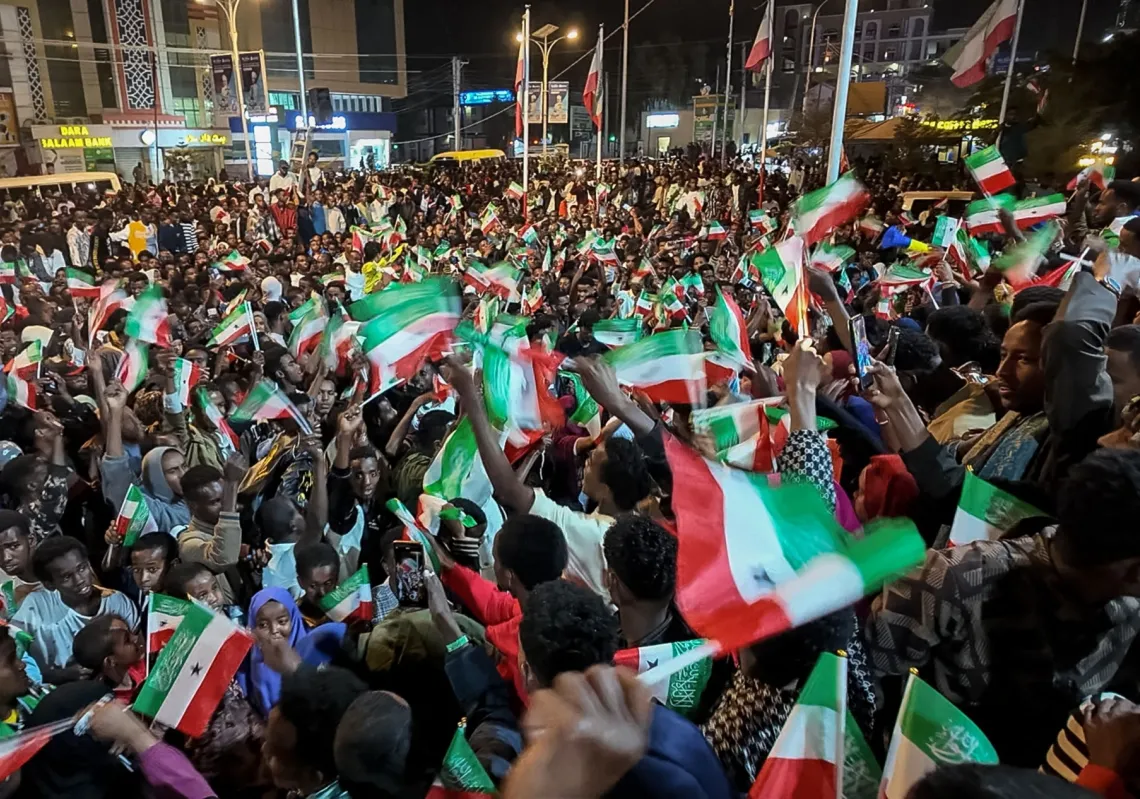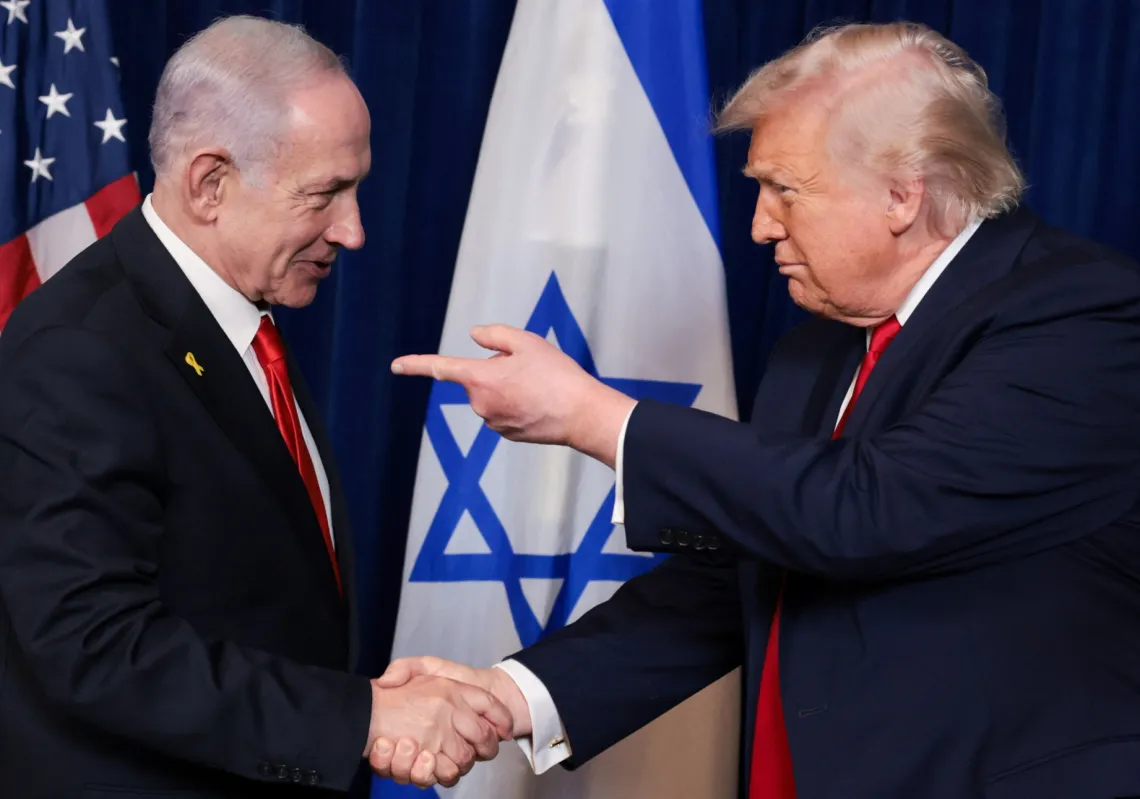The Islamic State (IS) group has been the focus of intense global scrutiny since 2014 when it started taking territory in northwest Iraq and northeast Syria.
After concerted and successful international efforts to curtail its growth in the Levant, IS has found a new and dangerous breeding ground in Africa, specifically the Sahel.
Any expansion of IS – with its vision of a cross-border caliphate and rejection of international law – poses a significant threat to the Islamic world and beyond.
Yet the origins of IS pre-date 2014 by at least a decade, meaning that security analysts in Africa need to not only look at the conditions of the Sahel but understand the genesis of IS as well to assess today’s battleground better.
Taking shape
IS first emerged from Iraq’s sectarian tensions and built on the legacy of al-Qaeda and remnants of Saddam Hussein’s Ba’ath Party following his downfall in 2003.
By 2006, it was calling itself Islamic State in Iraq, seeking to legitimise what it called its resistance to occupation.
It took advantage of the civil conflict in Syria in 2011 to expand its geographical ambitions. It borrowed the Arabic term for the Levant – ‘Sham’ – for its name, becoming Islamic State in Iraq and Sham. This let it claim territory in both countries.
That came with deliberately manipulating Islamic history, particularly since Syria and Iraq were once the epicentres of previous caliphates, the Umayyad and Abbasid.
IS set itself up as the Islamic Caliphate, imposed a strict interpretation of Sharia to support its claim, portrayed its struggle as “the Way of Allah,” fearless of any criticism (a reference to Quran 5-54), and warned that opposition would be punished harshly.
Its approach underlined its ideological stance and instilled fear and obedience among its followers and subjects. Yet it wanted to establish a unified Caliphate state well beyond Iraq and the Levant.
IS set up eight wilayahs (provinces) in regions such as Khorasan (which includes parts of Afghanistan and Pakistan), Algeria, the Caucasus, Egypt, Libya, the Arabian Peninsula (including Saudi Arabia), Yemen, and the Sahel.

A generation later
Today, its presence and threat are mostly in the Khorasan, where it challenges the Taliban with its extreme ideology, and in the Sahel — the vast semi-arid region separating the Sahara Desert to the north and tropical savannas to the south.
Owing to the instability of the region, the threat of Islamic State is arguably worse in the Sahel, which is IS’s West African wilayah.
Reports of its extreme brutality there have reached the United Nations Security Council (although coverage in the Arab media has been limited).
IS terrorism is worse than that of other groups, including Boko Haram, which was previously considered the most extremist of groups in this part of the continent.
Boko Haram pledged allegiance to IS in 2015, as have other groups and dissident members from al-Qaeda in the Islamic Maghreb. IS took time to recognise one – the Islamic State in the Greater Sahara (ISGS) – in March 2022.
The rise of IS in Africa has prompted interventions by European Union countries, led by France, as well as Russia via its affiliated Wagner Group of mercenaries.
Given that Russia and the West are at odds in several other spheres, the fact that both are gunning for IS shows the level of concern within the international community.
African borderlands
The term Sahel, which means ‘shore’ or ‘border’, refers to a vast 5,900km belt between the Sahara Desert to the north and Sudan’s Savanna to the south, extending from Eritrea in the east to Senegal in the west.
Five countries – Mauritania, Burkina Faso, Mali, Niger, and Chad – comprise the majority, while the Sahel also incorporates parts of six others, including Senegal, Nigeria, Sudan, Algeria, Somalia, and Djibouti.
Characterised by a series of isolated plateaus and mountain ranges, the region represents a transitional zone where desert vegetation forms a natural boundary between the arid desert to the north and more fertile land to the south.


















